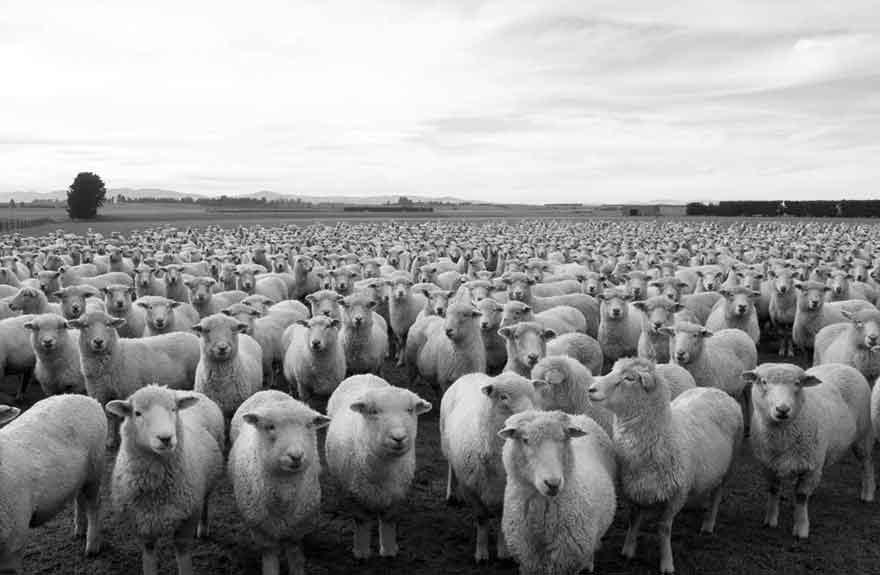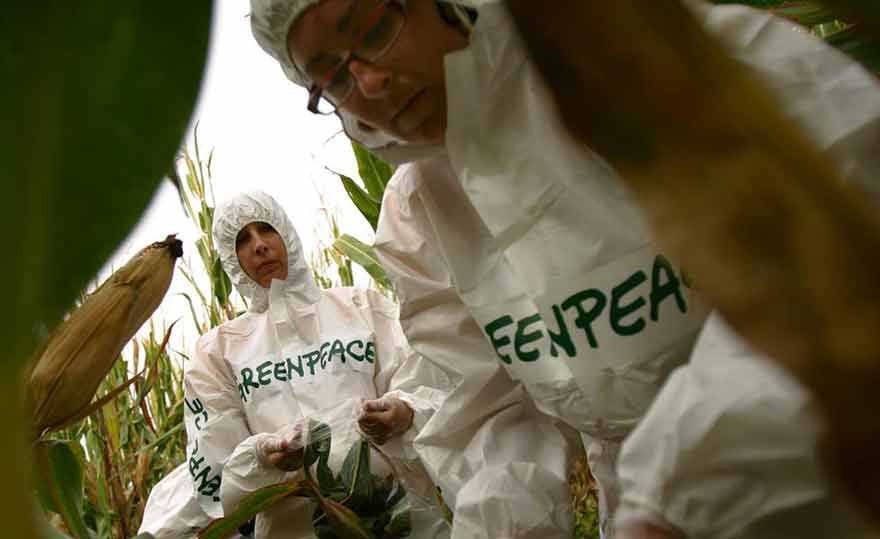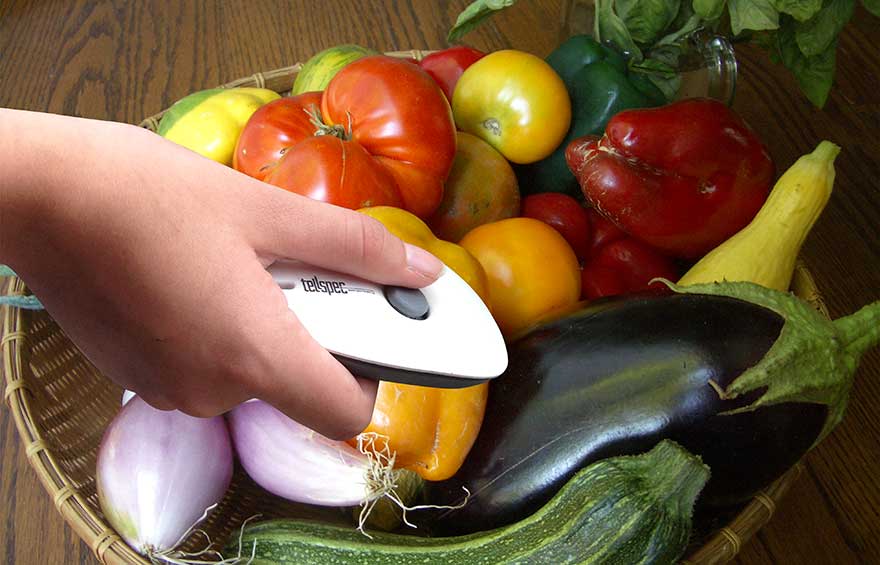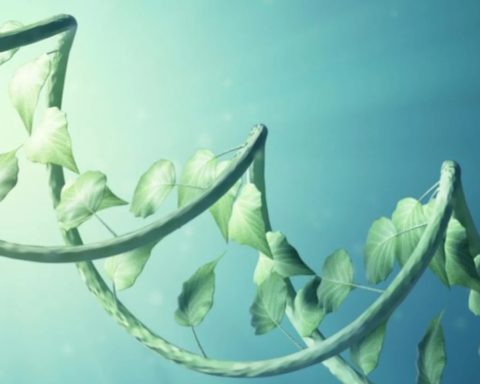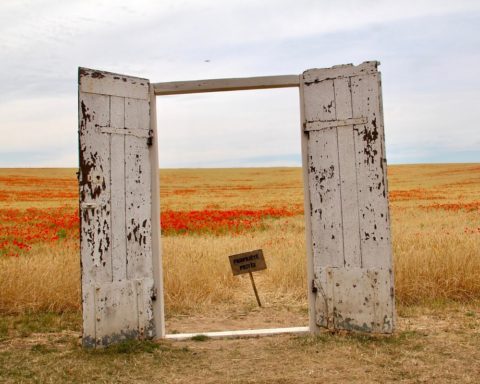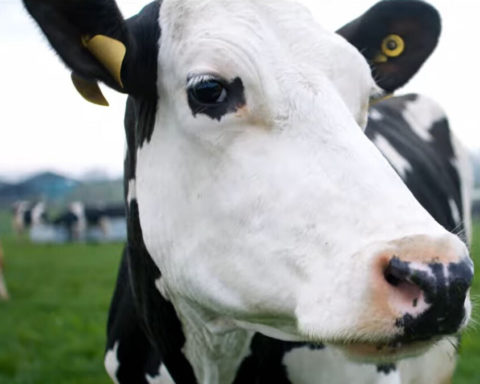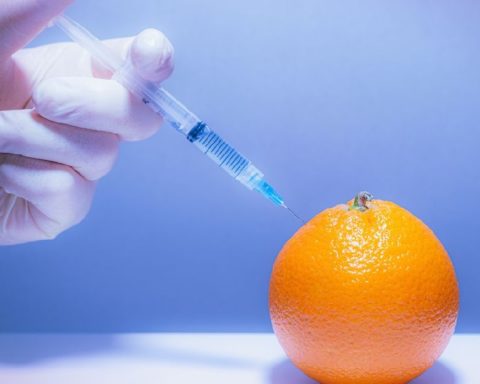She's the most famous sheep. On 5 July 1996, Dolly, the first mammal to be cloned from an adult cell, was born in Scotland. Twenty years later, cloning for agricultural purposes is practised in several regions of the world, but Europe is resisting. There is, however, according to experts, a "possibility" that we eat cloned meat without knowing it.
RThe cloning of Dolly, carried out by the Roslin Institute in Edinburgh, was hailed at the time as a major scientific breakthrough, and was unveiled in February 1997. It also provoked a lively controversy on its possible application to human beings.
For Dolly, life isn't a long, quiet river. The sheep ages prematurely. She suffers from arthritis and then develops a lung disease, which led to her being euthanized in 2003. Her naturalized body now sits enthroned in the National Museum of Scotland.

The cloned sheep Dolly, which died in 2003, is on display at the Museum of Edinburgh, Scotland. - Ilpo Musto/REX/SIPA
Cloning is a heavy technology. For Dolly, researchers transferred the nucleus of a mammary gland cell taken from an adult ewe into an enucleated egg cell. They then implanted the resulting embryo into the uterus of a "carrier" ewe.
In the world of animal husbandry, " cloning has been seen as a tool to assist in the reproduction of animals« Jean-Louis Peyraud, a researcher at INRA, the French agricultural research institute, told AFP.
The technique being very expensive - more than 10,000 euros per animal - the aim is not to have clones to market their meat but to improve the herds. Private American companies have thus undertaken to clone animals with high genetic value: cows giving a lot of milk but also sheep and pigs with high potential.
In 2008, the US Food and Drug Administration (FDA) authorized the marketing of products from cloned animals and their offspring, believing that they were "as safe as those from conventional animals".
Despite a relatively low success rate - from 15% to 30%, according to Peyraud - cloning has continued to advance in the United States. Texas-based ViaGen boasts on its website that it has " developed thousands of healthy and active cloned animals« with its parent company Trans Ova Genetics.
Argentina, Brazil, Canada and Australia also practice farm animal cloning.
China caused a sensation at the end of 2015 with the announcement of the construction of a factory for cloning various animals. The Boyalife company promises 100,000 cow embryos in the first year and one million per year at term.
2 heads, 3 legs
In the face of its majority public opinion hostile to cloning, the European Union does not produce clones for breeding. Since 1997, it has required a marketing authorisation for the sale of cloned products. So far, no one has submitted a dossier.
However, an expert report submitted to the European Commission in November admits a "...a significant increase in the number of cases in which the European Commission has not yet taken a decision...". possibility The report states that "food from the offspring of clones is ending up on the plates of European consumers". This is due to imports of meat and milk from third countries, but also to imports of live animals and genetic material used for animal reproduction into the EU.
" Europeans may be unknowingly eating meat from clone offspring without traceability and labelling« Pauline Constant, spokeswoman for BEUC (European Bureau of Consumers' Organisations), told AFP.
" It's no longer acceptable« The federation of associations, says the federation of associations, which calls on EU states to press the European Commission to make progress on this issue.
The European Food Safety Agency (EFSA) has no concerns for human health. But it does point out that " animal health and welfare issues "associated with cloning.
" Embryonic mortality is high, farrowing can be difficult, some animals are born too big or with serious pathologies.« notes Mr. Peyraud. Cases of three-legged calves or two-headed animals have been reported, he says.
In September, the European Parliament demanded by a large majority that not only cloned farm animals should be banned in the EU, but also their descendants and their products. This is a stricter position than that advocated by the Commission, which wants to spare the United States.
The expert report highlights the very high cost of possible labelling of foodstuffs obtained from cloned animals, in particular for pigs. However, BEUC advocates such a measure. « Consumers have the right to know what they are putting on their plates.« He believes, suggesting that we should start by labelling beef.


